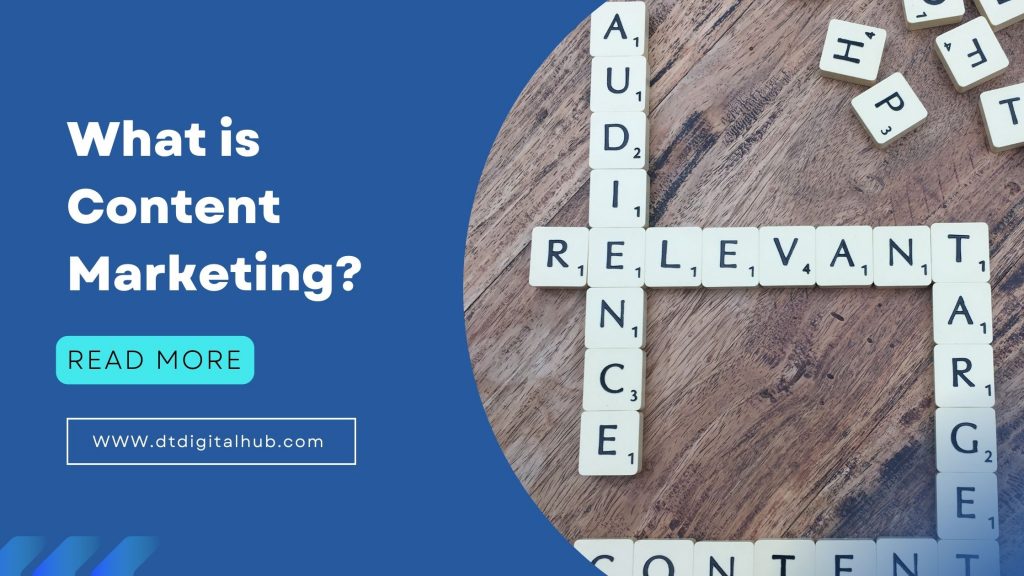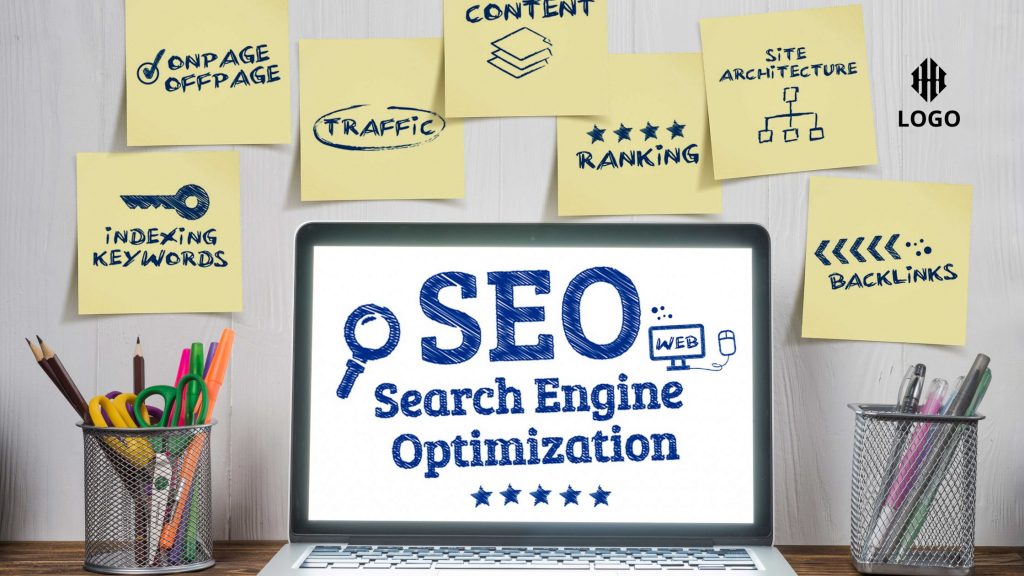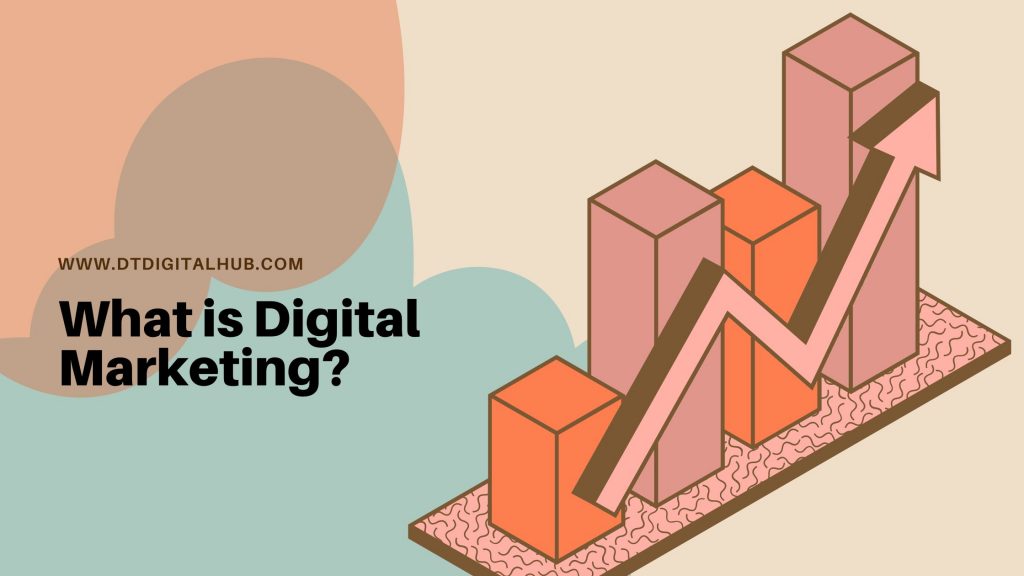What is Content Marketing?
Content marketing is a strategic marketing approach that involves creating and sharing valuable, relevant, and consistent content to attract customers. It also retains a clearly defined audience and ultimately drives profitable customer action. Content Marketing is the core part of digital marketing. The goal of content marketing is to build trust and credibility with target audiences, educate and inform them about a brand’s products or services, and establish the brand as a thought leader in its industry.
“The only way to win at content marketing is for the reader to say, ‘This was written specifically for me.”
This marketing approach leverages various content formats, such as blog posts, videos, infographics, e-books, case studies, and more, to engage and educate the target audience. Effective content marketing helps businesses drive organic traffic to their websites, generate leads and sales, and increase brand awareness and loyalty.
Types of Content Marketing
The type of content marketing used will depend on the goals and objectives of the marketing campaign, as well as the target audience and the type of content that will best resonate with them.
There are various types of content marketing, including:
- Blog Posts: Written articles that provide valuable information and insights to the target audience.
- Videos: Engaging and informative videos that can be used to promote products, services, or ideas.
- Infographics: Visual representations of information and data that are easy to understand and share.
- E-books: Long-form content that provides in-depth information on a specific topic or industry.
- Case Studies: Detailed accounts of how a business solved a problem or achieved a specific goal.
- Webinars: Live or recorded events that provide education or training on a particular topic.
- Social Media Posts: Regular updates on social media platforms that provide valuable insights, news, or information to followers.
- Newsletters: Regularly scheduled emails that provide valuable information and updates to subscribers.
- Interactive Content: Engaging content that encourages interaction and participation from the target audience, such as quizzes, surveys, and games.
Why is Content Marketing important?
Content marketing is important because it helps businesses build relationships with their target audience. It also establishes their brand as a trusted authority in their industry. By creating valuable and informative content, businesses can attract and engage their audience, and position themselves as experts in their field. Additionally, content marketing can also help improve search engine optimization, drive traffic to a website, and generate leads and conversions. In short, content marketing is a powerful tool for building brand awareness, establishing trust, and ultimately, growing a business.
- Builds Relationships with Target Audience: By creating and sharing content that is relevant and valuable to your target audience, you can establish a relationship with them and earn their trust. This, in turn, can lead to increased engagement, brand loyalty, and advocacy.
- Improves Search Engine Optimization: High-quality and relevant content can help improve a website’s search engine ranking and visibility, making it easier for potential customers to find your business.
- Establishes Authority and Credibility: By consistently creating and sharing expert content in your industry, you can position your business as a trusted authority and thought leader. This can help build credibility and trust with your target audience.
- Drives Traffic and Leads: Content marketing can drive traffic to your website, increase lead generation, and ultimately drive conversions. By creating content that appeals to your target audience and provides solutions to their needs and challenges, you can attract and engage them, and ultimately, convert them into customers.
- Cost-effective: Compared to other traditional forms of advertising and marketing, content marketing is typically more cost-effective and provides a higher return on investment.
How does Content Marketing work?
Content marketing is a strategic approach to creating and sharing valuable, relevant, and consistent content to attract and retain a clearly defined target audience — and ultimately, to drive profitable customer action. It involves creating and sharing various types of content, such as blog posts, videos, infographics, case studies, e-books, whitepapers, etc., to educate and inform your target audience, establish yourself as an authority in your industry, and build a relationship with your audience. The goal of content marketing is to establish a connection with your audience, provide value, and drive profitable customer action, such as a purchase, sign-up, or engagement.
In content marketing, you create and share content that aligns with your target audience’s interests and pain points, addressing their needs and providing solutions. The content should be informative, educational, and entertaining, and should always strive to build trust and credibility with your audience.
To make content marketing work, it is essential to have a well-defined content marketing strategy in place, which includes identifying your target audience, defining your goals and objectives, determining the types of content you will create and share, and setting up a content calendar to ensure consistent content production. You also need to have a plan for distributing and promoting your content, such as through social media, email, and other channels, to reach your target audience and drive engagement.
By creating and sharing valuable content, content marketing helps you build a relationship with your audience, establish yourself as an authority in your industry, and ultimately drive profitable customer action.
How to get started with Content Marketing
To get started with content marketing, you should follow these steps:
- Define your target audience: Identify your target audience, their needs, and what type of content they prefer.
- Conduct a content audit: Assess your existing content and see what’s working and what’s not.
- Set your content marketing goals: Define what you want to achieve with your content marketing, such as increased brand awareness, lead generation, or improved customer engagement.
- Choose your content formats: Decide what types of content you want to create, such as blog posts, infographics, videos, etc.
- Create a content calendar: Plan out your content production and publication schedule.
- Create and publish high-quality content: Focus on creating high-quality, relevant, and valuable content that resonates with your target audience.
- Measure and analyze your results: Use analytics and metrics to track your content marketing performance and make improvements as needed.
- Continuously improve and evolve: Continuously evaluate and improve your content marketing strategy based on your results, audience feedback, and industry trends.
Importance of SEO in Content Marketing
Search Engine Optimization (SEO) plays a crucial role in the success of a content marketing strategy. SEO helps to increase the visibility of a website and its content in search engine results pages (SERPs) by optimizing various elements such as keywords, meta descriptions, header tags, and image alt tags. By doing so, it attracts potential customers to the website, and the high-quality content keeps them engaged and informed, establishing the brand as a thought leader in its industry.
Incorporating keywords into the content and optimizing the website for search engines can increase the chances of appearing in relevant search results, driving more traffic to the website. Effective content marketing through SEO can also improve the website’s ranking, making it easier for customers to find the brand and its content.
SEO is an essential aspect of content marketing that helps to increase visibility, attract potential customers, and establish the brand’s thought leadership. Without SEO, content marketing efforts may fall short, making it difficult to reach the target audience and achieve desired results.
Importance of Digital Marketing in Content Marketing
Digital marketing is an important aspect of content marketing as it provides the necessary tools and channels for promoting and distributing content to the target audience. Digital marketing channels, such as search engines, social media, email marketing, and others, can be leveraged to reach a wider audience, engage them with the brand, and convert them into customers.
By combining the strengths of digital marketing with a well-crafted content marketing strategy, businesses can enhance their visibility, build trust with their audience, and achieve their marketing goals more effectively. The integration of digital marketing in content marketing helps businesses to reach their target audience where they are active, to personalize their marketing messages, and to measure the success of their content marketing efforts.
what is Content Marketing examples?
Content marketing examples are various forms of marketing that involves the creation and sharing of valuable, relevant and consistent content to attract, engage, and retain a specific target audience. Some of the common examples of content marketing include:
- Blog Posts: Creating and publishing educational, informative, or entertaining blog posts to engage with the target audience.
- Ebooks: Offering comprehensive guides or resources in exchange for contact information or to establish thought leadership in a particular industry.
- Infographics: Using visual aids to communicate complex information in an engaging and easily digestible manner.
- Case Studies: Sharing success stories from clients or customers to demonstrate the effectiveness of a product or service.
- Videos: Creating and sharing engaging and informative videos, such as how-to guides, tutorials, or behind-the-scenes footage.
- Podcasts: Hosting audio content that offers educational or entertainment value to a target audience.
- Webinars: Hosting live or recorded online presentations to educate and engage with the target audience.
Content Marketing Strategy
A content marketing strategy is a plan for creating and distributing valuable, relevant, and consistent content to attract and retain a clearly defined target audience and drive profitable customer action. It includes defining the target audience, creating buyer personas, identifying their pain points, and understanding their needs, setting marketing goals and objectives, choosing the appropriate channels and types of content to reach the target audience, and measuring the success of the content marketing efforts. A well-crafted content marketing strategy helps build a strong online presence, increase brand awareness, establish thought leadership, and drive leads and sales.
The best content marketing strategy is one that is tailored to your specific business goals and target audience. A successful content marketing strategy will help you attract and retain customers, establish your brand as a thought leader in your industry, and drive profitable customer action. To create a winning content marketing strategy, it is important to first conduct a thorough analysis of your target audience and your competition, and then determine your unique value proposition and target keywords. From there, you should create a content plan that includes a mix of blog posts, infographics, videos, ebooks, webinars, and other types of content that will educate and engage your audience. Additionally, you should regularly measure and analyze your content marketing results and adjust your strategy as needed to ensure continued success.
Content Marketing funnel
The content marketing funnel refers to the process of attracting, nurturing, and converting prospects into customers through relevant and valuable content. The funnel typically includes the following stages: Awareness, Interest, Desire, Action (AIDA).
- Awareness: In this stage, the goal is to reach and engage with potential customers who are not yet aware of your brand, products, or services. This is achieved through various tactics such as blog posts, social media, infographics, and other forms of content that aim to educate and inform your target audience.
- Interest: At this stage, the focus is on building interest and credibility among your target audience. This is achieved by providing in-depth and educational content that positions your brand as an authority in your industry and builds trust with your audience.
- Desire: In this stage, the aim is to create a strong desire for your products or services among your target audience. This is achieved by providing relevant and valuable content that highlights the benefits and unique features of your offerings.
- Action: In the final stage, the goal is to convert your target audience into customers by providing a clear call to action (CTA) and making it easy for them to take the next step. This can be done through landing pages, lead magnets, and other forms of content that encourage conversion.
The content marketing funnel provides a framework for creating and delivering relevant and valuable content that helps businesses attract, engage, and convert prospects into customers.
How Can I Learn Content Marketing?
Learning content marketing involves gaining knowledge and skills in creating and promoting valuable, relevant, and consistent content to attract and retain a defined target audience and ultimately drive profitable customer action. Here are some ways to learn content marketing:
- Online courses and certifications: There are many online platforms like Coursera, Udemy, and Hubspot Academy, offering comprehensive courses in content marketing.
- Books and Blogs: Reading books and blogs from industry experts such as Joe Pulizzi, Ann Handley, and Neil Patel can help you understand the concepts and strategies of content marketing.
- Conferences and Workshops: Attending conferences and workshops by experts in content marketing can help you gain hands-on experience and network with other professionals in the field.
- Practical Experience: Creating and executing your own content marketing campaigns can help you gain practical experience and improve your skills.
- Staying updated: Staying up-to-date with the latest trends and developments in content marketing by following industry blogs, newsletters, and social media channels is crucial to your professional growth.
What is Content Marketing Matrix?
The Content Marketing Matrix is a framework that helps businesses categorize their content based on its purpose and stage in the customer journey. It aims to align the content with the goals of the business and the needs of the target audience. The matrix typically consists of four quadrants: Awareness, Consideration, Conversion, and Loyalty. Each quadrant represents a different stage in the customer journey and requires different types of content to effectively move the customer along. The Content Marketing Matrix helps organizations plan and execute a cohesive content marketing strategy that supports their overall marketing goals.
Content Marketing FAQs
What do you mean by Content Marketing?
Content marketing is a type of marketing that involves creating and sharing valuable, relevant, and consistent content to attract and retain a clearly defined audience — and, ultimately, to drive profitable customer action. It is a long-term approach that focuses on building a strong relationship with your target audience through providing them with useful and informative content.
What are the 7 steps of Content Marketing?
The 7 steps of content marketing are:
- Define your target audience
- Set goals for your content marketing
- Conduct a content audit
- Choose the types of content you will create
- Create a content calendar
- Develop a promotion plan
- Measure and adjust your content marketing strategy
What are the 4 pillars of Content Marketing?
The 4 pillars of content marketing are:
- Strategy: Develop a clear plan for your content marketing efforts, including your goals, target audience, and types of content you will create.
- Creation: Create high-quality, relevant content that aligns with your goals and resonates with your target audience.
- Distribution: Share your content through various channels to reach your target audience and maximize its impact.
- Measurement: Continuously measure the success of your content marketing efforts and make data-driven decisions to improve your strategy.
What is Content Marketing in SEO?
Content marketing in SEO refers to the use of high-quality, relevant, and keyword-optimized content to improve a website’s search engine ranking and visibility. By creating valuable content that answers the questions and solves the problems of your target audience, you can attract more organic traffic to your website, improve your SEO, and drive more conversions.
What Types of Content Marketing Are There?
Types of content marketing include blog posts, ebooks, infographics, videos, webinars, case studies, email newsletters, and more.
What are the benefits of Content Marketing?
The benefits of content marketing include:
- Building brand awareness and credibility
- Attracting and retaining a targeted audience
- Generating leads and sales
- Improving search engine ranking and visibility
- Establishing thought leadership in your industry
How to do Content Marketing?
To do content marketing, you need to first define your target audience, set goals for your content marketing, and conduct a content audit. Then, choose the types of content you will create, create a content calendar, and develop a promotion plan. Finally, measure and adjust your content marketing strategy based on your results.
What is Content Marketing Plan?
A content marketing strategy is a plan for creating and sharing high-quality, relevant, and consistent content to attract and retain a clearly defined audience and drive profitable customer action. It includes defining your target audience, setting goals, conducting a content audit, choosing the types of content you will create, creating a content calendar, developing a promotion plan, and measuring and adjusting your strategy based on your results.




